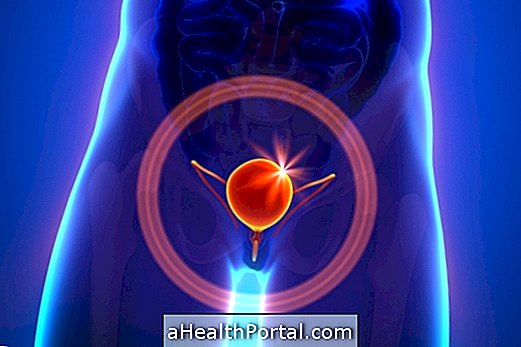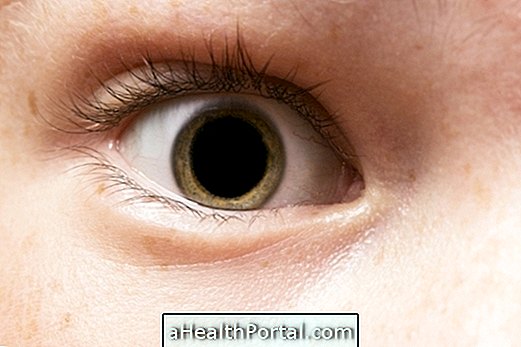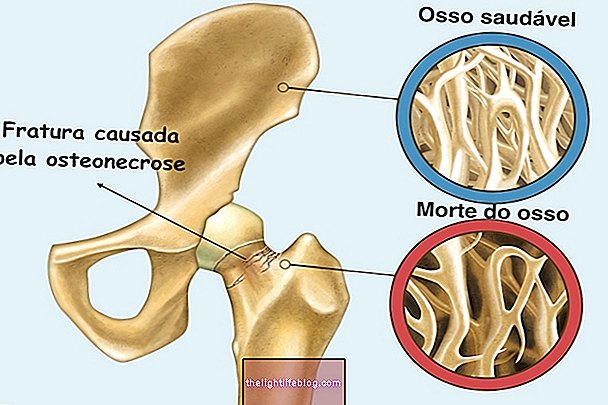Treatment for fibromyalgia can be done with medications or naturally with alternative therapies such as aromatherapy, psychotherapy or acupuncture, for example. In addition, physical therapy through exercise and massage is also important to help relieve pain and prevent further seizures.
Fibromyalgia is a painful syndrome, of unknown cause, that causes pain throughout the body and affects mainly women between 35 and 50 years of age.
1. Medication treatment
Medications for fibromyalgia should always be directed by the rheumatologist, neurologist or psychiatrist, and may include:
- Analgesic remedies, such as Paracetamol, Codeine or Tramadol to relieve pain throughout the body, characteristic of this disease;
- Muscle relaxants, like Coltrax, for example, to decrease the stiffness of muscles that get hard;
- Antidepressants, such as Amitriptyline, Fluoxetine or Duloxetine to help treat depression;
- Sleep inducers, such as Zolpidem or Midazolam, for example, to help treat sleep disorders that are common in fibromyalgia;
- Anxiety Remedies such as Diazepam or Lorazepam to help treat anxiety;
- Anti-convulsants such as gabapentin, for example, may help improve the pain associated with fibromyalgia.
Fibromyalgia has no cure, so drug treatment only helps to decrease the pain and other symptoms of fibromyalgia.
2. Physiotherapeutic treatment
Physiotherapy treatment for fibromyalgia can be done through laser and ultrasound therapy or just with massage and stretching exercises to relieve pain, improve blood circulation and sleep quality, reducing fatigue.
Here's how physiotherapy can help treat fibromyalgia in: Treating physical therapy for fibromyalgia.
Regular exercise, such as swimming, yoga or pilates, can also be helpful in treating fibromyalgia, and these activities can be guided by a physiotherapist.
Check out exercises you can do at home:

3. Alternative and natural treatment options
Alternative treatment for fibromyalgia can be done with hydrotherapy, osteopathy, psychotherapy, acupuncture, or relaxation techniques, for example. These alternative therapies help relieve the pain of fibromyalgia and reduce some symptoms such as tiredness and sleep disorders.
In addition, there are therapeutic or relaxation massages, as well as aromatherapy with essential oils, for example. Learn more about the different natural treatment options for fibromyalgia.






















